Holmes Institute HA1011: Applied Quantitative Methods Assignment
VerifiedAdded on 2022/10/18
|11
|816
|10
Homework Assignment
AI Summary
This document presents a comprehensive solution to an Applied Quantitative Methods group assignment, addressing various statistical concepts and techniques. The solution encompasses descriptive statistics, including frequency distribution, graphical representations using histograms, and measures like mean, median, and mode. It analyzes a sample dataset of weekly attendance and chocolate bar sales, calculating standard deviation, interquartile range, and correlation coefficients to understand the relationship between variables. The assignment further delves into regression analysis, deriving the least square line, interpreting its slope and intercept, and assessing the model's overall utility using the coefficient of determination. Probability concepts are explored through calculations involving independent events, conditional probabilities, and applications of binomial, Poisson, and normal distributions. The solution also addresses the Central Limit Theorem and its implications for sampling distributions. The assignment includes detailed explanations, calculations, and relevant references to support the analysis.
1 out of 11
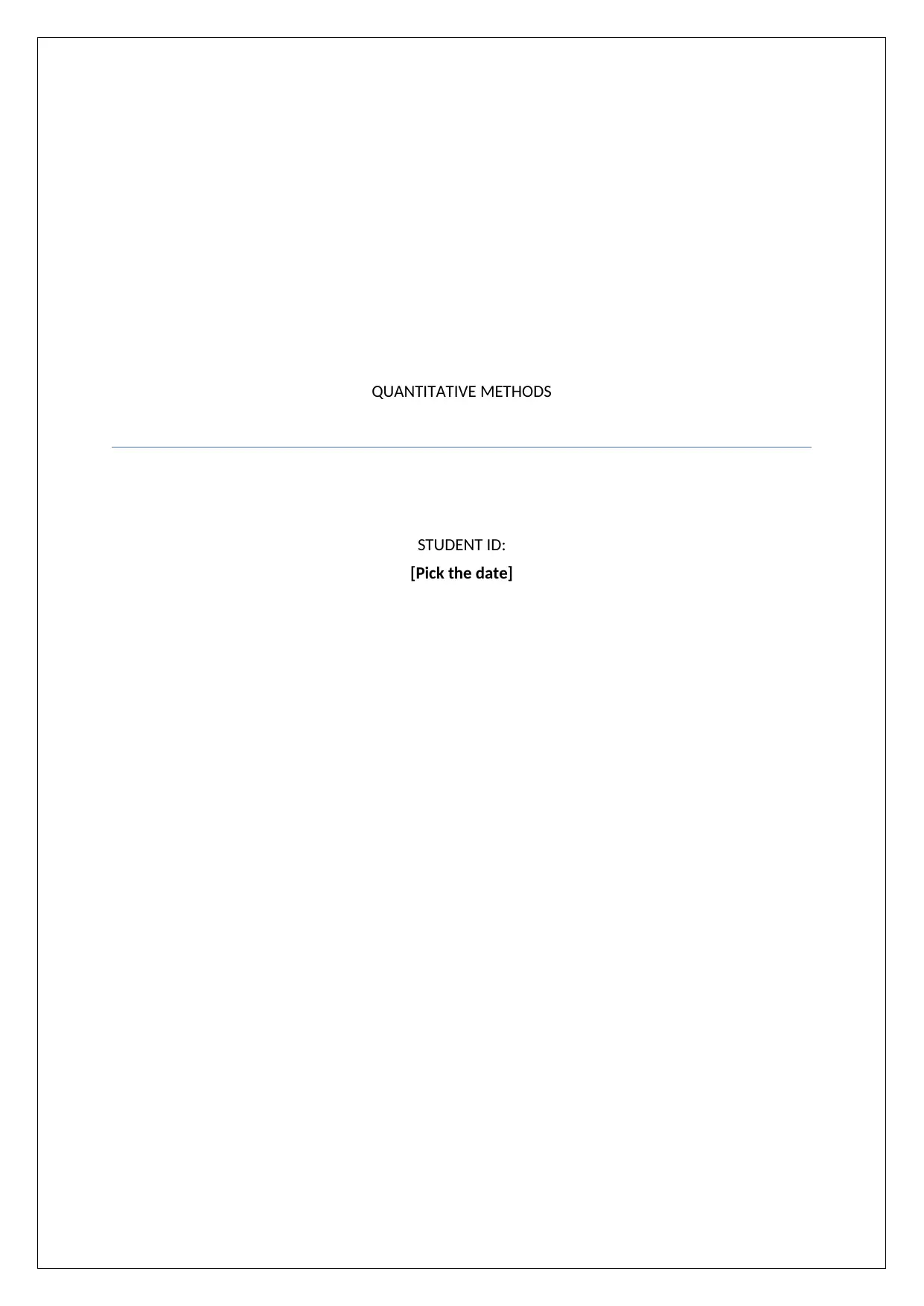
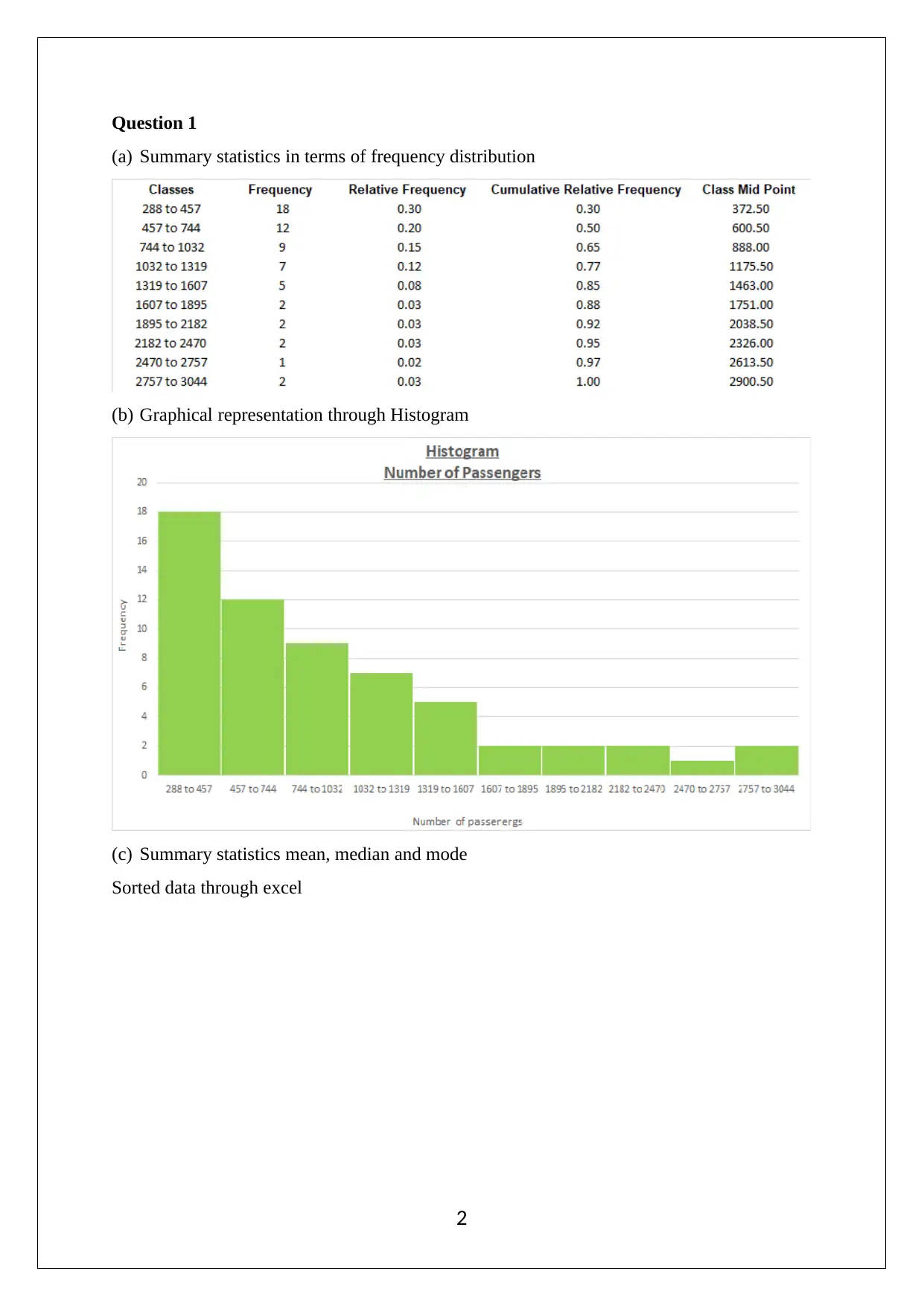
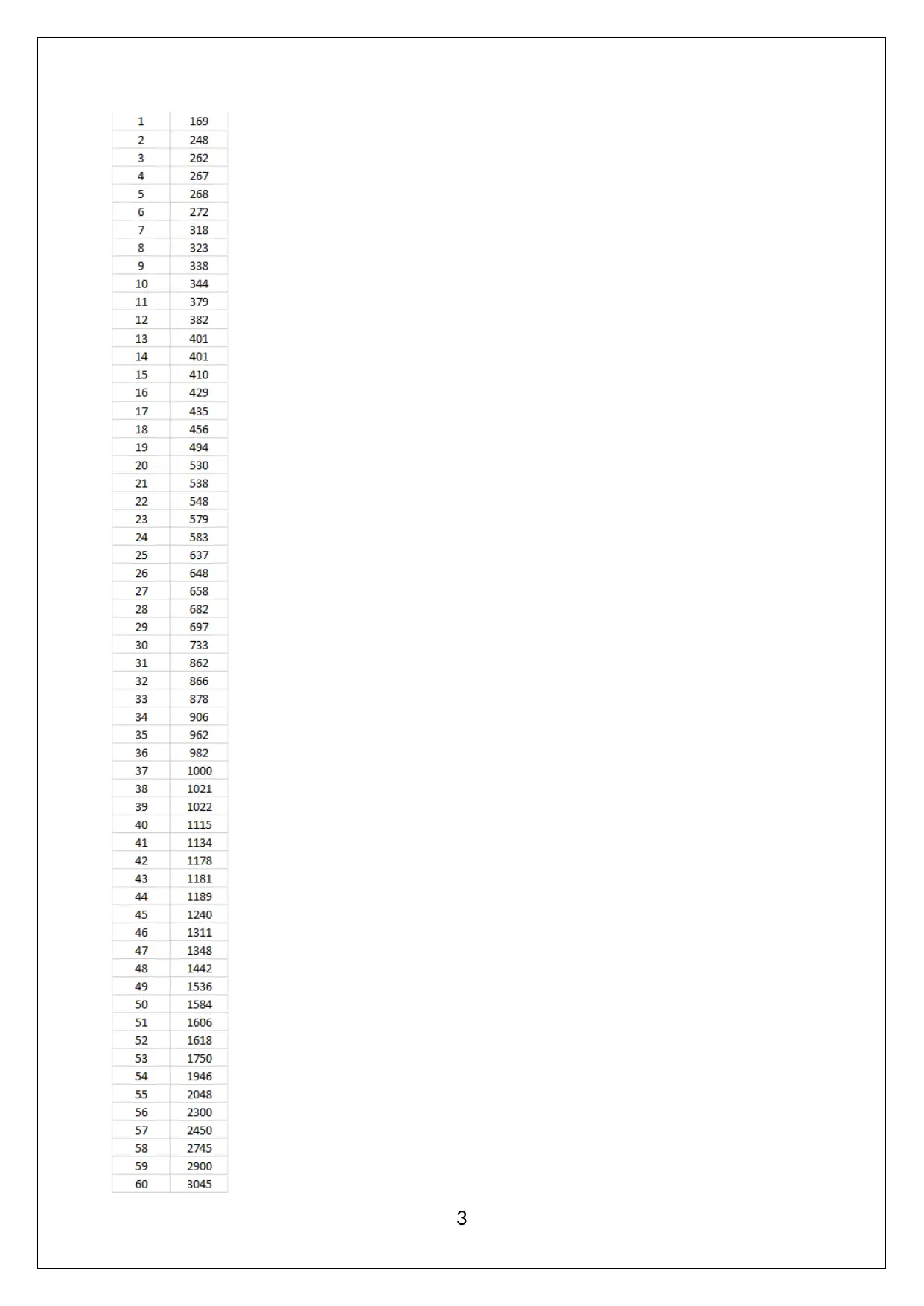

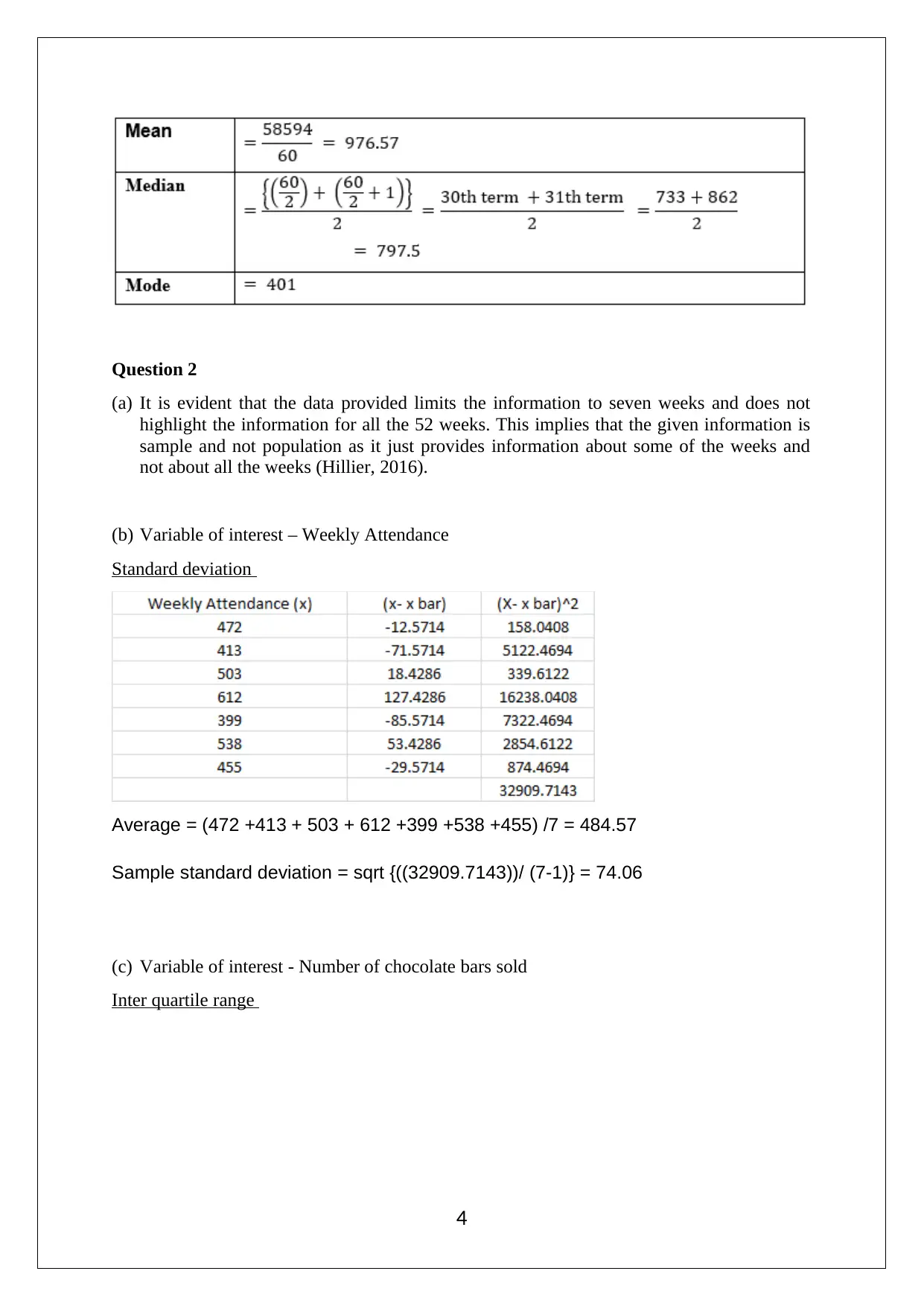
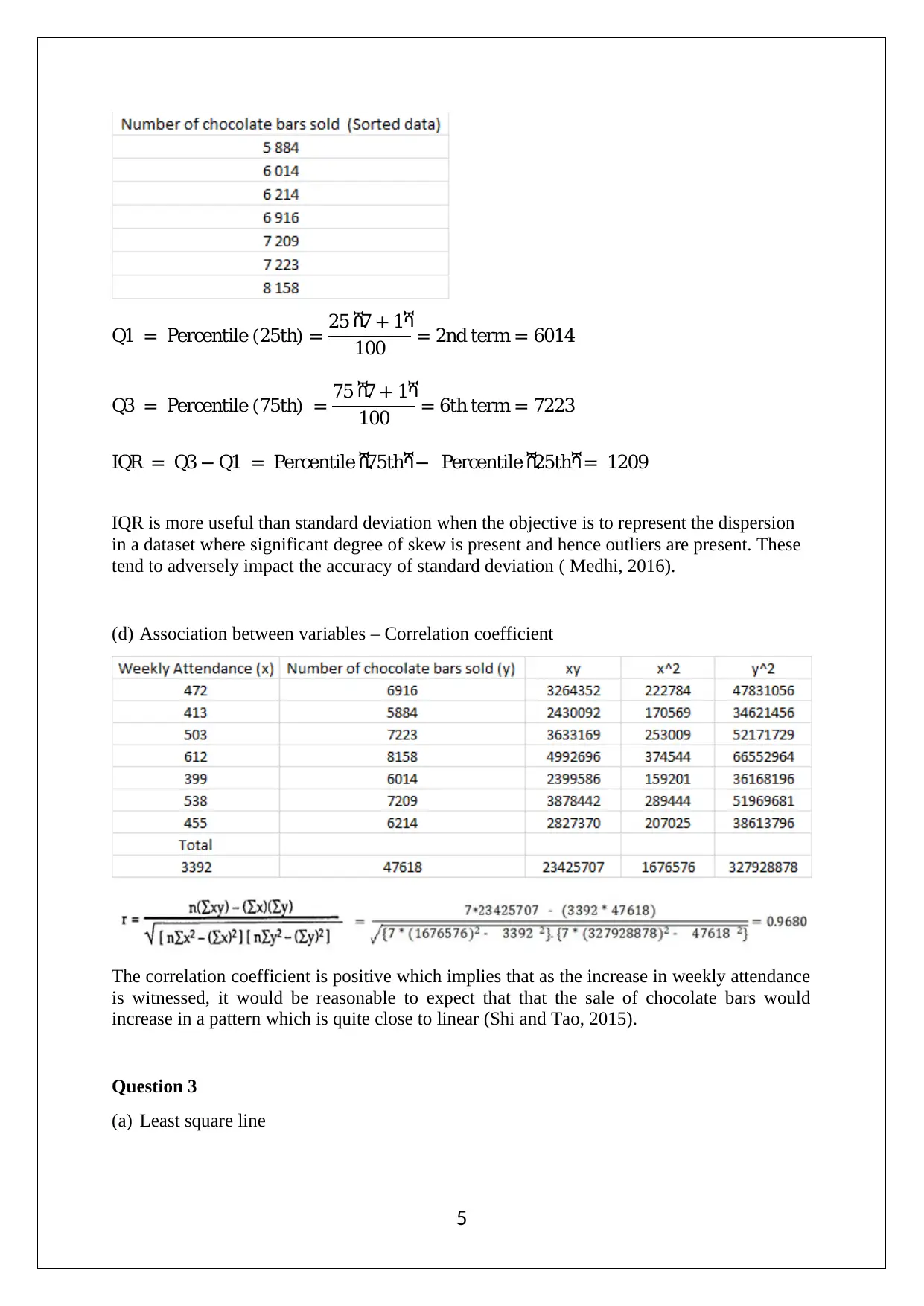
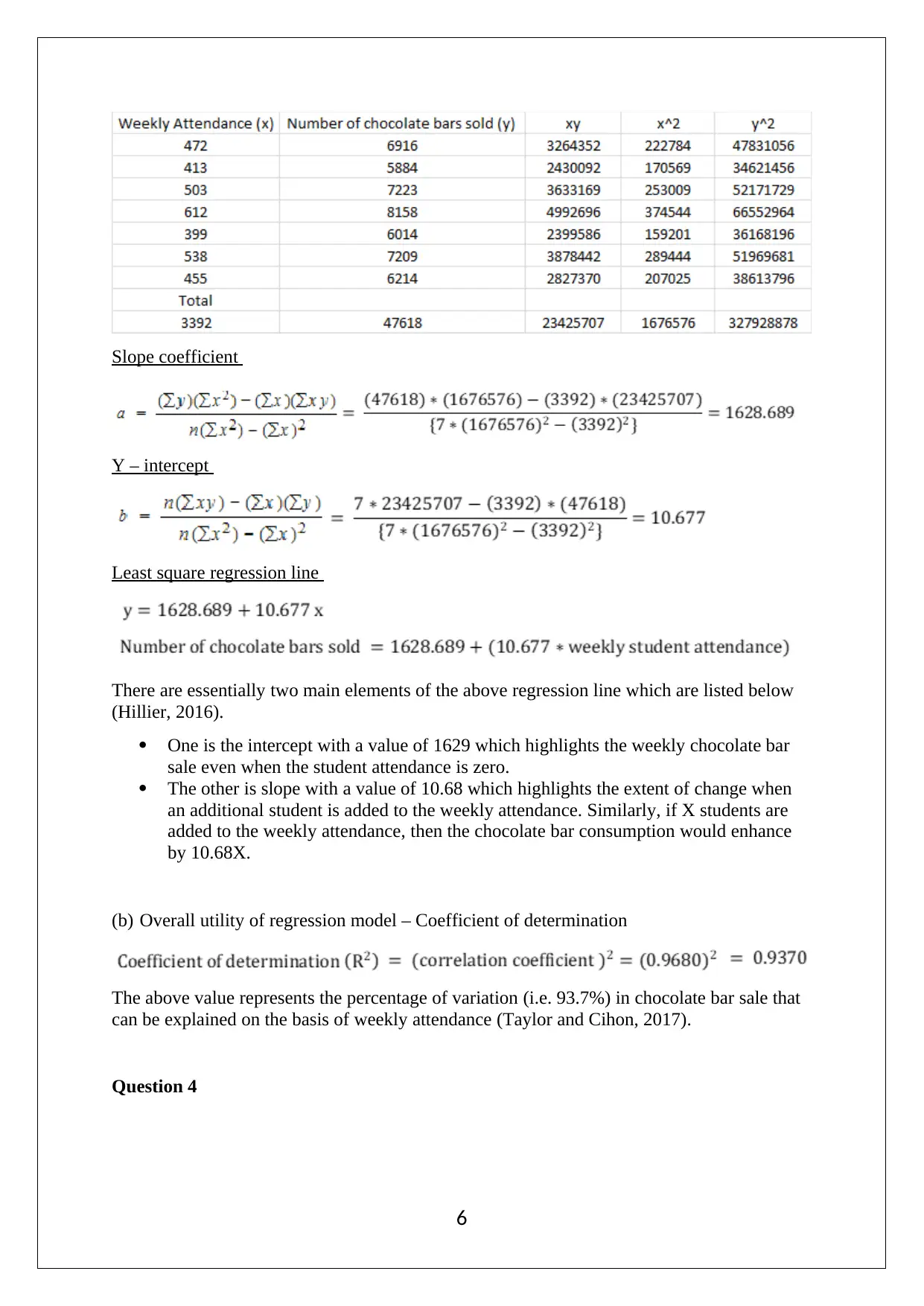
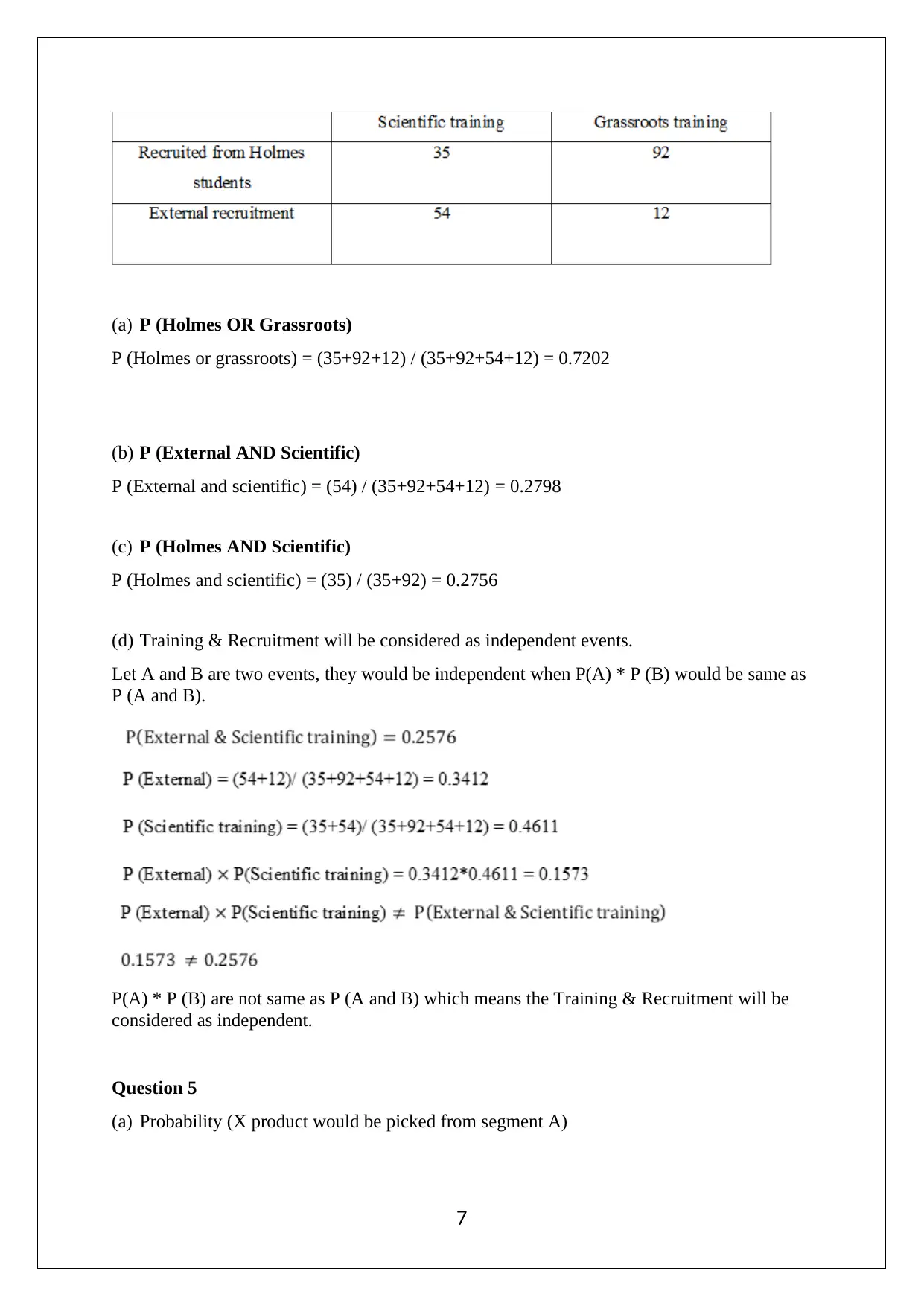
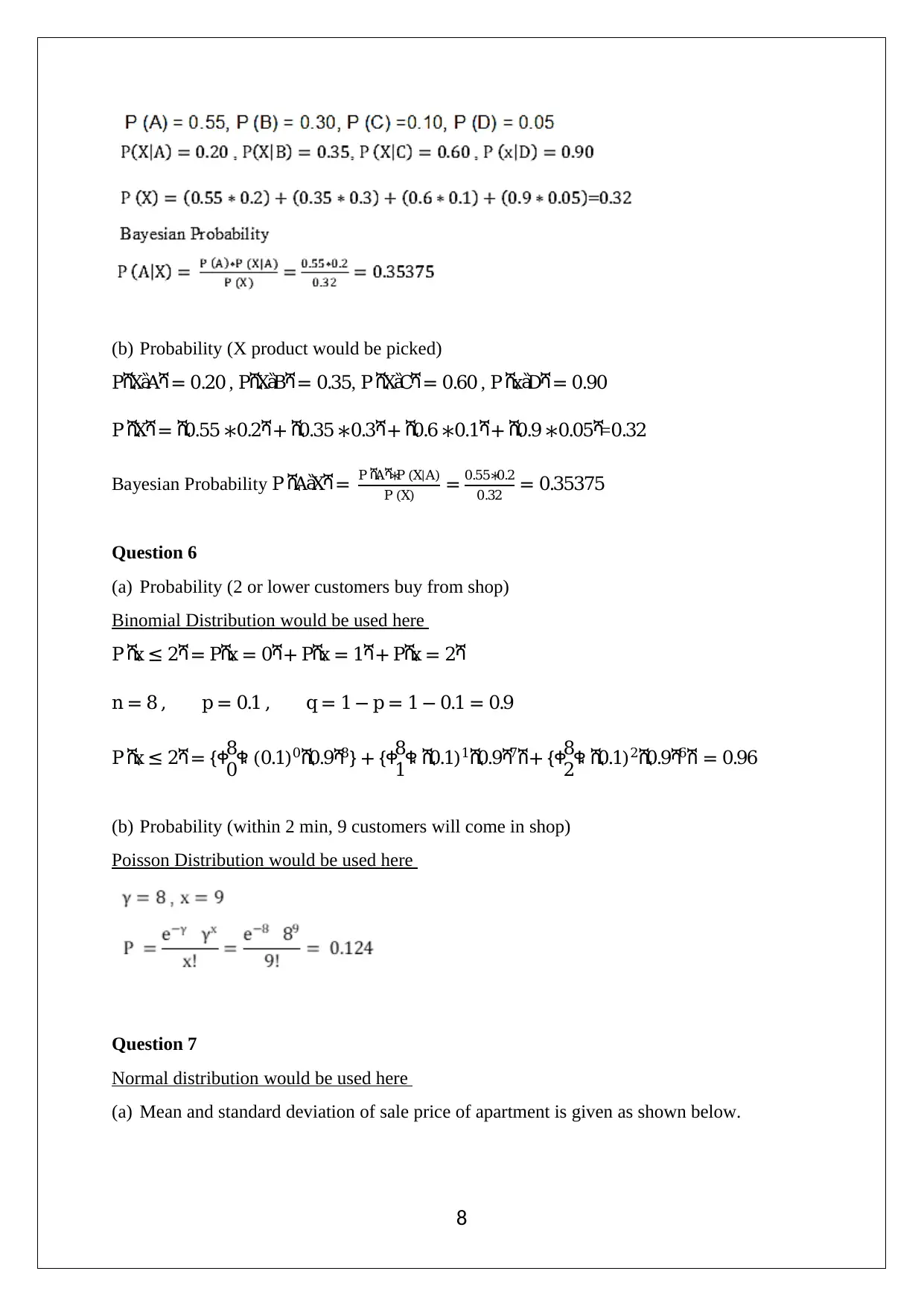
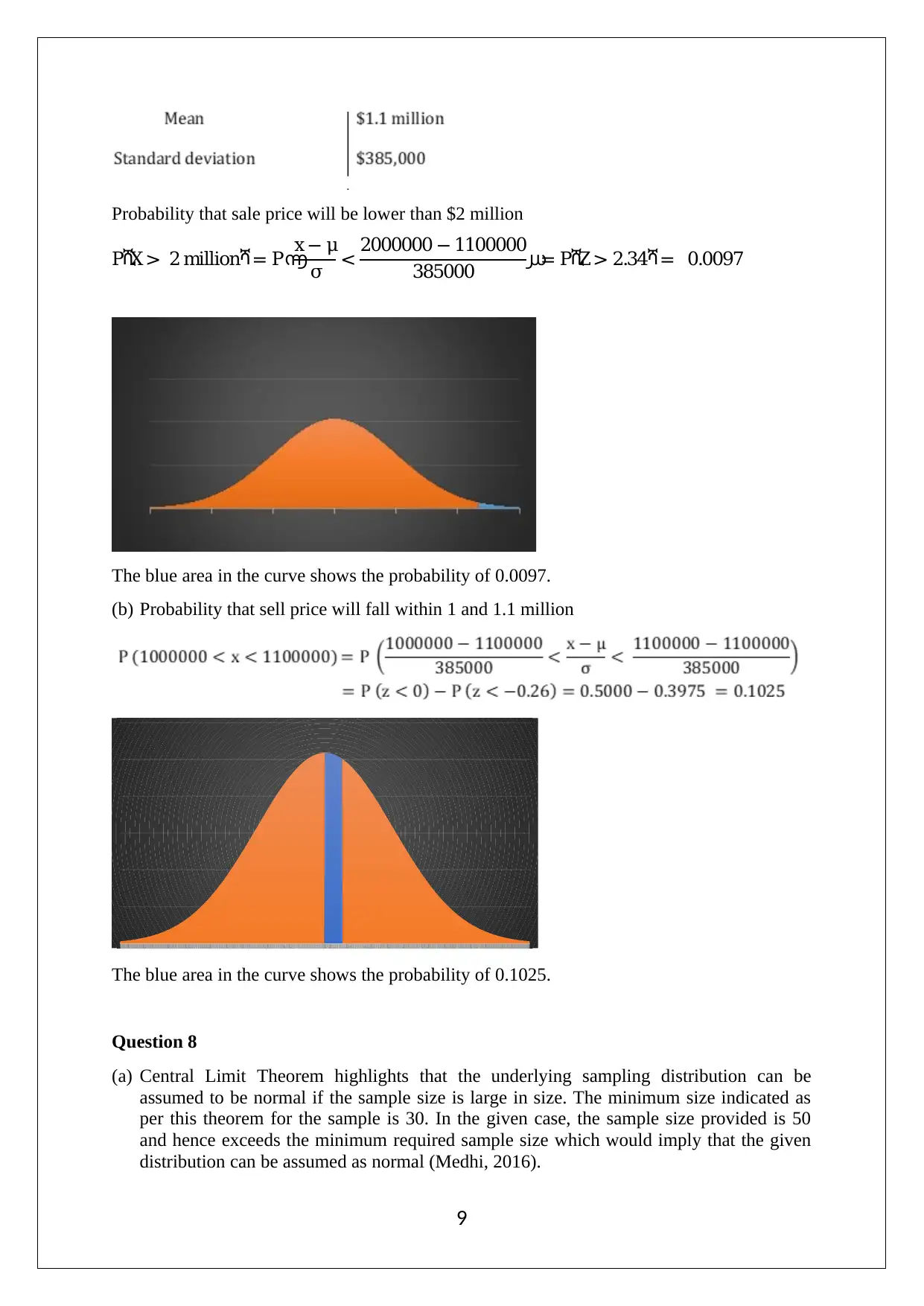
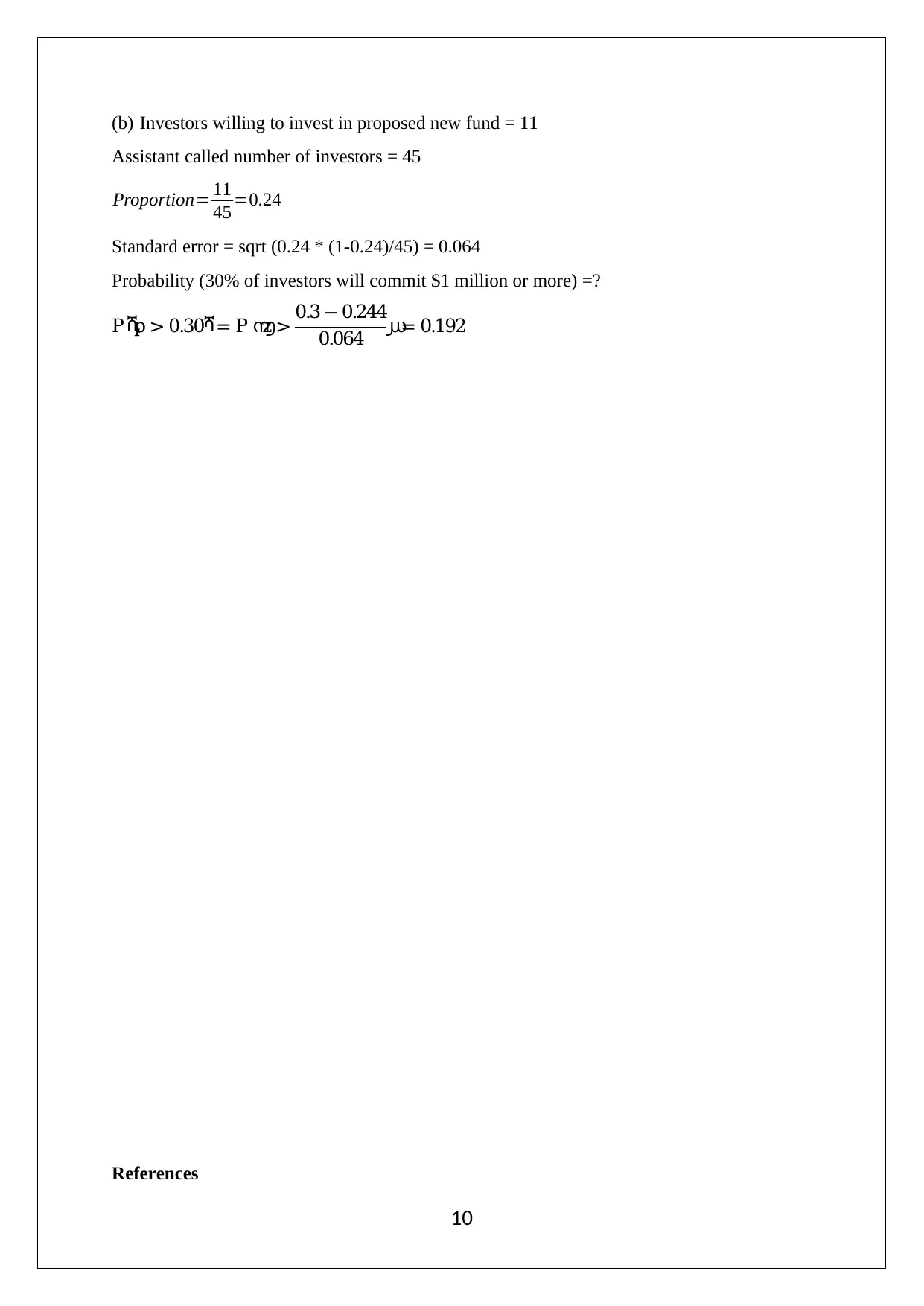
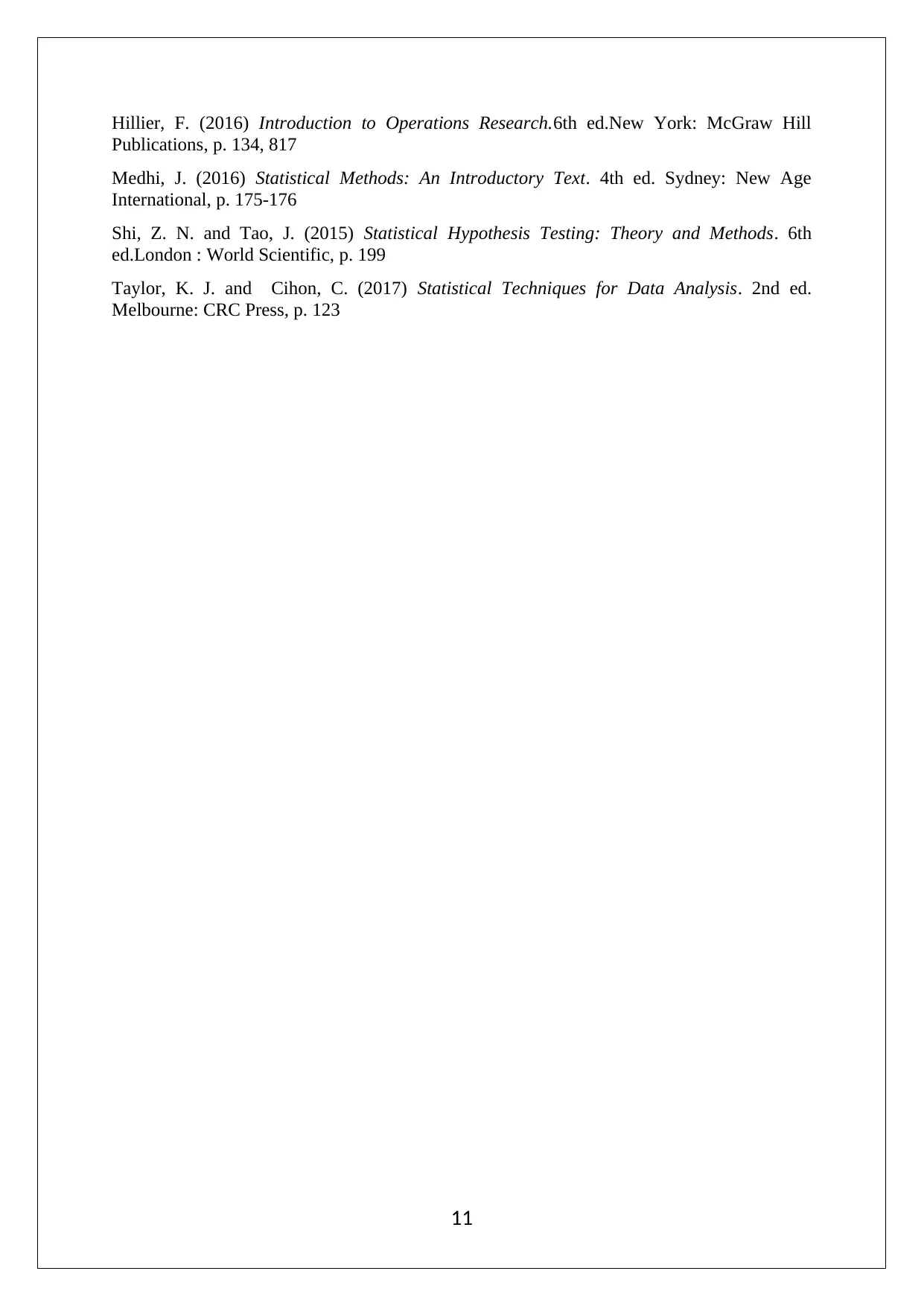




![HA1011 Applied Quantitative Methods Assignment Solution - [Date]](/_next/image/?url=https%3A%2F%2Fdesklib.com%2Fmedia%2Fimages%2Fqz%2Fdfe58fc0a1774dbb8e3fa05e31ee0273.jpg&w=256&q=75)

![[object Object]](/_next/static/media/star-bottom.7253800d.svg)